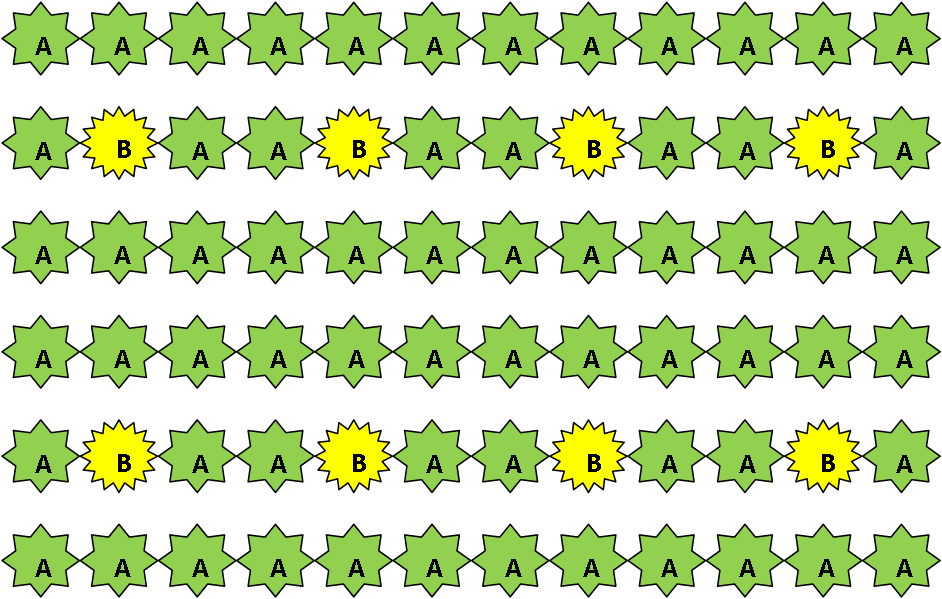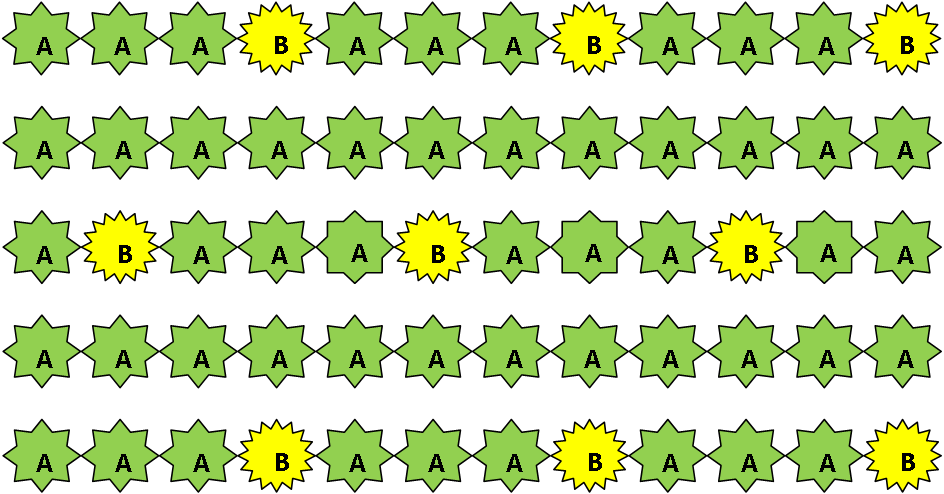Identifying better polliniser varieties
In 2009 the flowering of a range of type B avocado varieties was monitored in the South-West of Western Australia to find how closely they flower in relation to Hass (Table 3).
This information was based on a single year of observations. While flowering over the same timeframe does not guarantee they are good pollinisers because they need to open in synergy under prevailing climatic conditions, it is a reasonable starting guide.
For a more detailed report, see ‘Investigating suitable cross-polliniser varieties for Hass avocado’.
| Variety | Flower timing in relation to Hass |
|---|---|
| Edranol (trees less than four years old) | Good |
| Zutano (trees less than four years old) | Good |
| Ettinger (trees less than four years old) | Slightly earlier |
| Sharwil | Slightly earlier |
| Bacon | Earlier |
| Fuerte | Earlier |
| Shepard | Earlier |
Polliniser spacing
For pollinisers to have the maximum effect they should be of similar numbers to the complementary variety and evenly spaced within the orchard. However, often the polliniser variety is not preferred for markets, or in cooler locations might not yield well if they are type B.
As such, you do not want large numbers of trees producing unpopular or very little fruit as this is inefficient use of land, water, resources and labour. If you cannot identify a suitable polliniser that produces fruit in demand and of acceptable quantities, then aim to plant as few as possible to achieve acceptable cross-pollination.
The planting pattern of the polliniser variety depends on how the pollen is expected to move from the polliniser tree to the main variety.
In Western Australia, the European honey bee is the main pollinator. There has been quite a deal of research monitoring the habits and movements of the European honey bee. While there is still debate over the best planting ratio, one in nine is common, with trees evenly spaced within the orchard to minimise the distance between polliniser trees and the main variety.
A polliniser tree is located at every third space in every third row (Figure 6). An alternative pattern is a one in eight planting ratio, particularly for hedge row planting to provide line of sight to a polliniser for all walls of foliage, so pollinator bees do not have to move through a wall of foliage. A polliniser tree is located at every fourth space in every second row (Figure 7).


